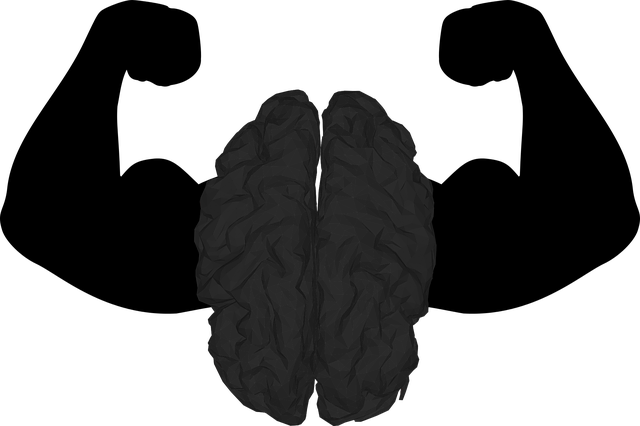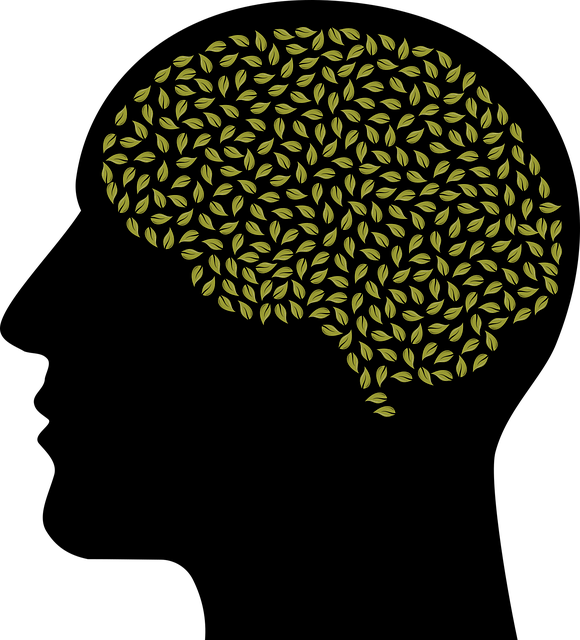Broomfield Learning Disability Therapy offers specialized mental wellness programs using group therapy, mindfulness workshops, online resources, and self-care routine development. Their unique approach combines advanced evaluation tools (adaptive tests, alternative assessments) with cultural competency and holistic practices to understand individual cognitive needs and promote sustainable positive changes. They leverage both qualitative (interviews, focus groups) and quantitative (surveys, statistical analysis) evaluation methods for comprehensive insights, enabling continuous enhancement of services and proactive strategies like burnout prevention and crisis intervention guidance.
Mental wellness programs are crucial for fostering holistic well-being, yet evaluating their effectiveness remains a challenge. This article explores comprehensive methods for assessing such programs, with a focus on Broomfield Learning Disability Therapy’s role in program assessment. We delve into the distinction between qualitative and quantitative evaluation techniques, highlighting tools that enable precise measurement. Additionally, we discuss how continuous improvement can be driven by evaluation data, enhancing mental health services overall.
- Understanding Mental Wellness Programs and Their Evaluation
- The Role of Broomfield Learning Disability Therapy in Program Assessment
- Qualitative vs Quantitative Evaluation Methods
- Tools and Techniques for Effective Program Measurement
- Continuous Improvement: Using Evaluation Data to Enhance Mental Health Services
Understanding Mental Wellness Programs and Their Evaluation

Mental wellness programs are designed to support individuals in managing and improving their mental health. These initiatives can vary widely, from group therapy sessions and mindfulness workshops to online resources and self-care routine development for better mental health. Evaluating these programs is crucial to understanding their effectiveness and making necessary adjustments to best serve the community. At Broomfield Learning Disability Therapy, we focus on holistic approaches that combine evidence-based practices with a deep emphasis on inner strength development.
The evaluation process involves assessing both the program’s impact on individual participants and its overall contribution to burnout prevention strategies for healthcare providers. By implementing these strategies, mental wellness programs can create sustainable changes in people’s lives. For instance, self-care routine development has been shown to significantly enhance mental health outcomes, allowing individuals to build resilience and cope more effectively with life’s challenges. Understanding the unique needs of each participant is key, as personalized approaches cater to different preferences and circumstances, ensuring that everyone involved benefits from the program.
The Role of Broomfield Learning Disability Therapy in Program Assessment

Broomfield Learning Disability Therapy plays a pivotal role in evaluating mental wellness programs, offering specialized expertise tailored to individuals with learning disabilities. This therapeutic approach recognizes that traditional assessment methods may not adequately capture the unique challenges and strengths of this demographic. As such, it incorporates strategies that cater specifically to their cognitive and educational needs.
The therapy team employs a comprehensive range of evaluation tools, including adaptive tests and alternative assessment methods, to assess mental health status, cognitive abilities, and learning styles. By integrating practices like Mindfulness Meditation into the evaluation process, they foster self-awareness and emotional regulation skills. Furthermore, they collaborate with Healthcare Provider Cultural Competency Training programs to ensure culturally sensitive care, addressing potential barriers to access and engagement. Encouraging Self-Care Practices is another key aspect, as it empowers individuals to actively participate in their mental wellness journey.
Qualitative vs Quantitative Evaluation Methods

When evaluating mental wellness programs, researchers and practitioners often employ two primary evaluation methods: qualitative and quantitative approaches. Qualitative methods delve into the depth of individual experiences and perspectives, providing rich insights that can guide program improvements. These techniques, such as interviews and focus groups, are particularly useful for understanding complex topics like mental health, where participants’ subjective feelings and perceptions play a significant role. For instance, Broomfield Learning Disability Therapy might use qualitative data to explore clients’ self-awareness exercises and personal growth journeys, offering valuable feedback for tailoring therapeutic strategies.
Quantitative evaluation methods, on the other hand, focus on numerical data and statistical analysis to measure program outcomes. These include surveys, scales, and metrics that assess mental wellness indicators. By collecting quantitative data, healthcare providers can objectively evaluate program effectiveness, track progress over time, and even compare results across different interventions or populations. Integrating qualitative findings with quantitative data provides a comprehensive understanding of program impacts, informing the development of crisis intervention guidance and enhancing healthcare provider cultural competency training.
Tools and Techniques for Effective Program Measurement

Effective evaluation of mental wellness programs requires a multifaceted approach, incorporating various tools and techniques to accurately measure impact. One powerful method is the use of standardized assessment tools designed to gauge specific aspects of mental health, such as anxiety levels, depression symptoms, and overall emotional well-being. These tools can include questionnaires, surveys, and clinical interviews, offering quantitative and qualitative data that provides a comprehensive view of participants’ progress.
Additionally, qualitative methods like focus groups and interviews allow for deeper insights into individuals’ experiences within the program. This approach, often used by Broomfield Learning Disability Therapy professionals, enables them to explore participants’ perceptions, engage in open dialogue, and uncover nuanced aspects of emotional well-being promotion techniques, including stress management workshops and confidence boosting strategies employed within the organization.
Continuous Improvement: Using Evaluation Data to Enhance Mental Health Services

Evaluation data plays a pivotal role in enhancing mental health services offered by Broomfield Learning Disability Therapy. By continuously gathering and analyzing feedback from clients and therapists, the program can identify areas for improvement and tailor interventions to meet evolving needs. This data-driven approach facilitates continuous improvement, ensuring that the services remain effective and relevant in addressing the complex challenges faced by individuals with learning disabilities.
Leveraging evaluation insights, Broomfield Learning Disability Therapy can implement strategies like burnout prevention programs and crisis intervention guidance, directly impacting service quality. For instance, analyzing client feedback might reveal high stress levels among participants, prompting the production of a Mental Wellness Podcast Series designed to offer coping mechanisms and support. Such proactive measures contribute to a holistic improvement in mental wellness services, fostering a healthier and more supportive environment for all clients.
Mental wellness program evaluations are essential for enhancing services and improving outcomes. By adopting both qualitative and quantitative methods, such as those offered by Broomfield Learning Disability Therapy, we can gain a comprehensive understanding of program effectiveness. Utilizing various tools and techniques allows for continuous improvement, ensuring that mental health services meet the evolving needs of individuals seeking support. This holistic approach to evaluation is crucial in optimizing the impact and accessibility of mental wellness programs.













